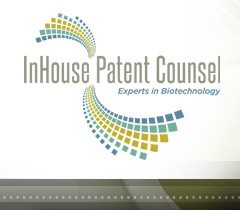On Thursday, August 13, 2015, the U.S. Court of Appeals for the Federal Circuit sitting en banc ruled that Limelight Network Inc. infringed Akamai Technologies Inc.’s patent covering methods to store and deliver video content on the Internet, reinstating a $45 million jury verdict against Limelight (Akamai Technologies Inc. et al v. Limelight Networks Inc. No. 2009-1372, -1380, -1416, -1417, 2015 U.S. App. LEXIS 14175 (Fed. Cir. Aug. 13, 2015)). The unanimous en banc court expands situations in which direct infringement under § 271(a) may be found against a party that does not actually perform all the steps of a claimed method itself. Prior to this decision, a party could only be liable for direct infringement if: (1) it performed all method steps itself; (2) it acted through a principal-agent relationship; (3) it contracted with another party to perform some of the steps of the method or (4) it formed a joint enterprise with one or more parties. In each of these situations, one entity is found to act as a “mastermind”, with sufficient control over others such that all acts can be attributable to the mastermind.
Here, the court found that there was no such mastermind where Limelight was accused of performing all of the method steps except for the final step that was performed by Limelight’s customers. However, the court stated that liability may also arise if “an alleged infringer conditions participation in an activity or the receipt of a benefit upon performance of a step or steps of the patented method, and establishes the manner or timing of that performance.” Here, the court found that Limelight’s contract with its customers conditioned use of its content delivery network on the customer’s performance of the last step in the infringed method. Further, a representative from Limelight would lead the implementation of the service on customer’s websites, including overseeing the final method step. Thus Limelight was found to have conditioned use of its services on performance of the final step by the customer and to have established the time and manner of that performance.
Because a party can now be found liable for direct infringement due to such conditioned performance, parties may now also be found liable for induced infringement under § 271(b) where one party performs some steps and another party performs the remaining steps.







